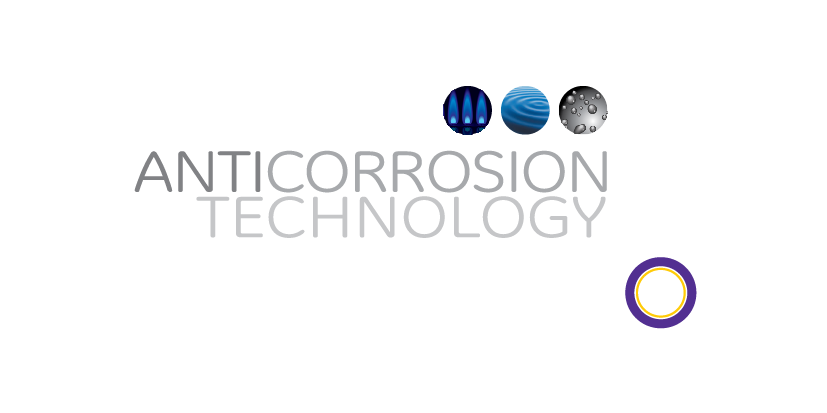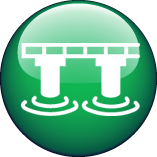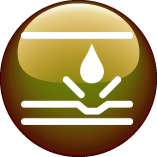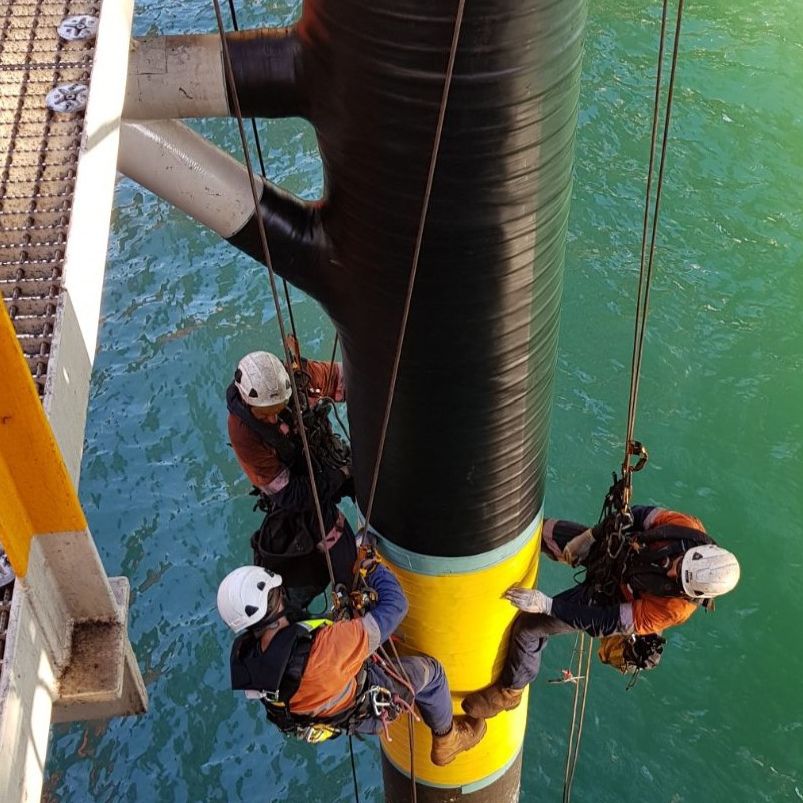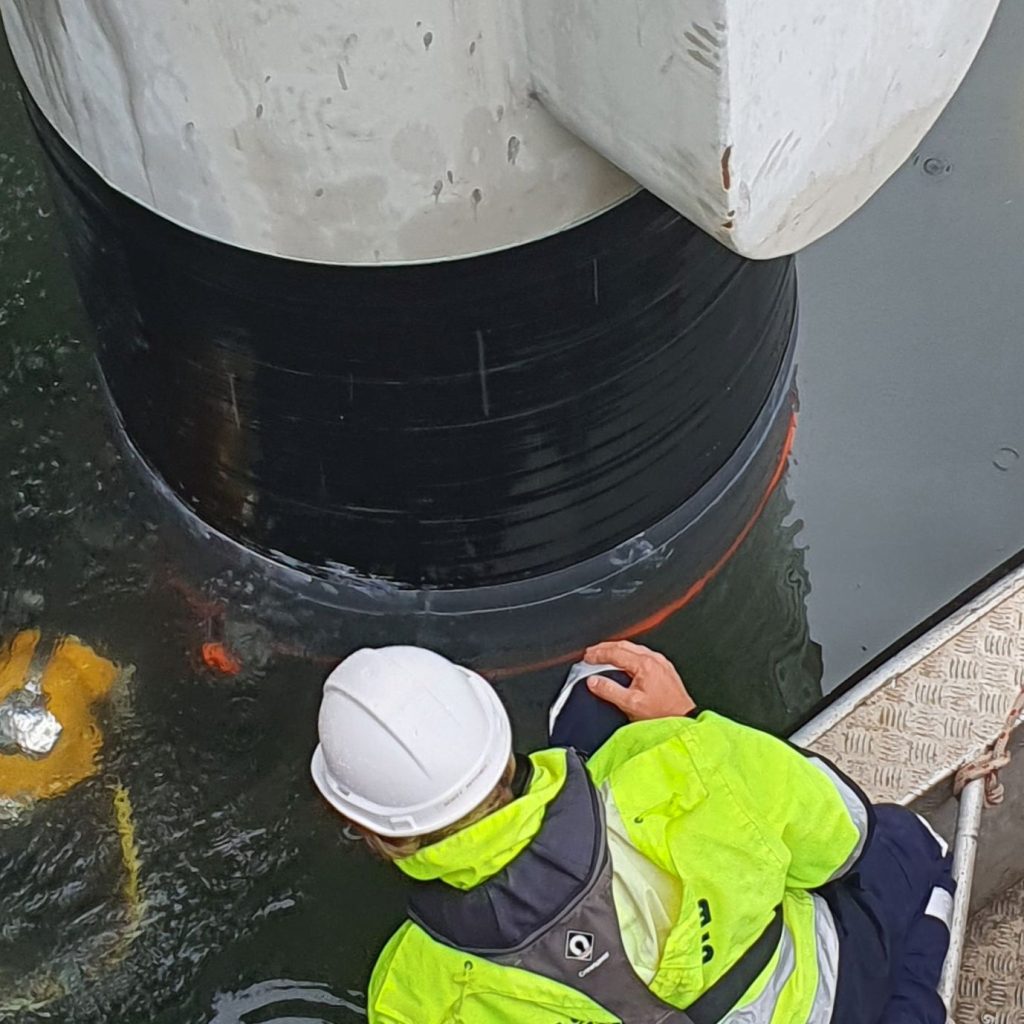MARINE & OFFSHORE
The STOPAQ® materials have been developed to allow for easy wrapping application on wet and dry substrates, significantly minimising the burden of surface preparation and complex coating applications under submerged conditions and at splash zones, while maintaining optimum protection of these highly susceptible to corrosion areas. This capability makes STOPAQ® Protection systems materials of choice for protection of marine and offshore assets.
The extent of the STOPAQ® system application and selection of the best protective system applied on the marine and
The STOPAQ® materials have been developed to allow for easy wrapping application on wet and dry substrates, significantly minimising the burden of surface preparation and complex coating applications under submerged conditions and at splash zones, while maintaining optimum protection of these highly susceptible to corrosion areas. This capability makes STOPAQ® Protection systems materials of choice for protection of marine and offshore assets.
The extent of the STOPAQ® system application and selection of the best protective system applied on the marine and offshore assets is based on the substrate wetness during application with consideration to tides (i.e., relative levels RL) and waves/swells and how these may affect the substrate condition during application. The selection of the best STOPAQ® system would also depend on:
- Expected operating and exposure temperatures;
- Risk of mechanical impacts, frequency, and intensity;
- Configuration of piles and headstocks, and level of protection required for other structural members and protrusions in close proximity such as emergency ladders, beams and transitions to concrete soffits, amongst others.
- UV-exposure, duration, and intensity;
- Existing coating type and suitability for STOPAQ® materials for overlapping and complete encapsulation purposes.
offshore assets is based on the substrate wetness during application with consideration to tides (i.e., relative levels RL) and waves/swells and how these may affect the substrate condition during application. The selection of the best STOPAQ® system would also depend on:
- Expected operating and exposure temperatures;
- Risk of mechanical impacts, frequency, and intensity;
- Configuration of piles and headstocks, and level of protection required for other structural members and protrusions in close proximity such as emergency ladders, beams and transitions to concrete soffits, amongst others.
- UV-exposure, duration, and intensity;
- Existing coating type and suitability for STOPAQ® materials for overlapping and complete encapsulation purposes.
